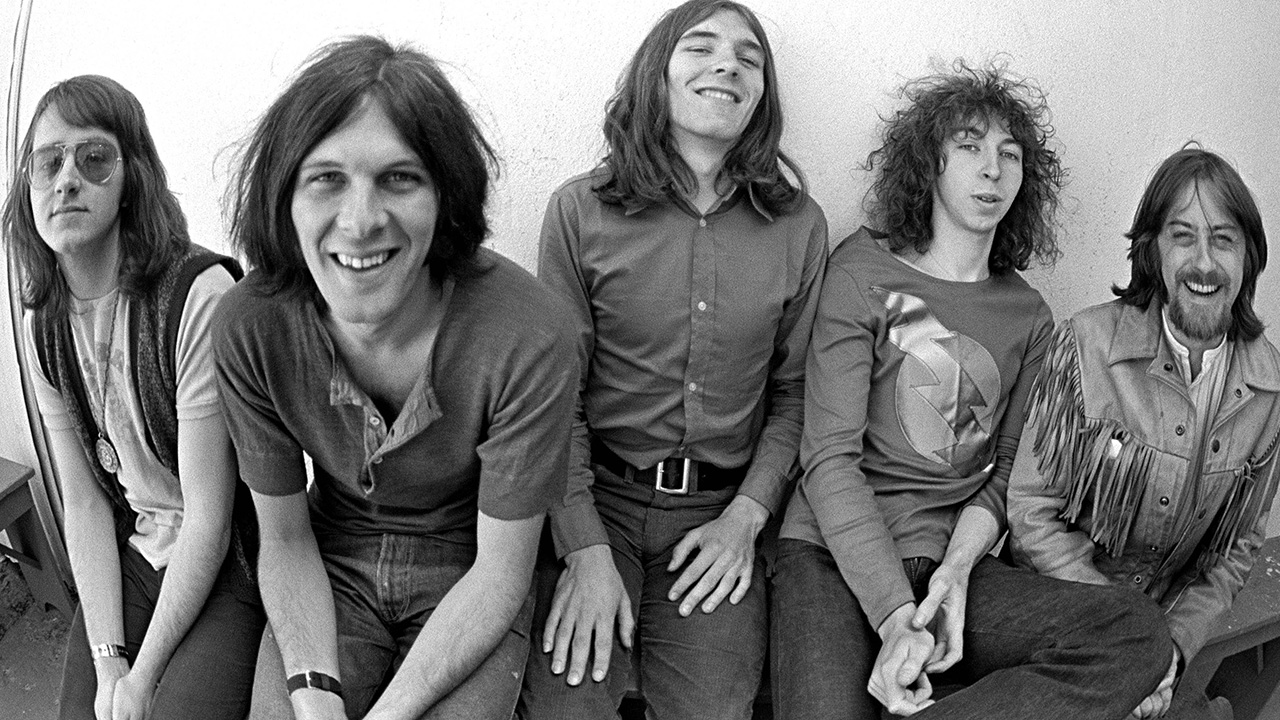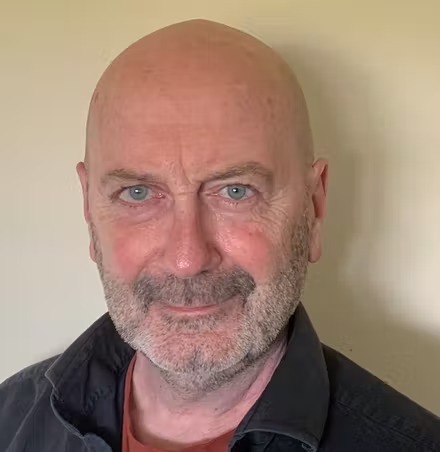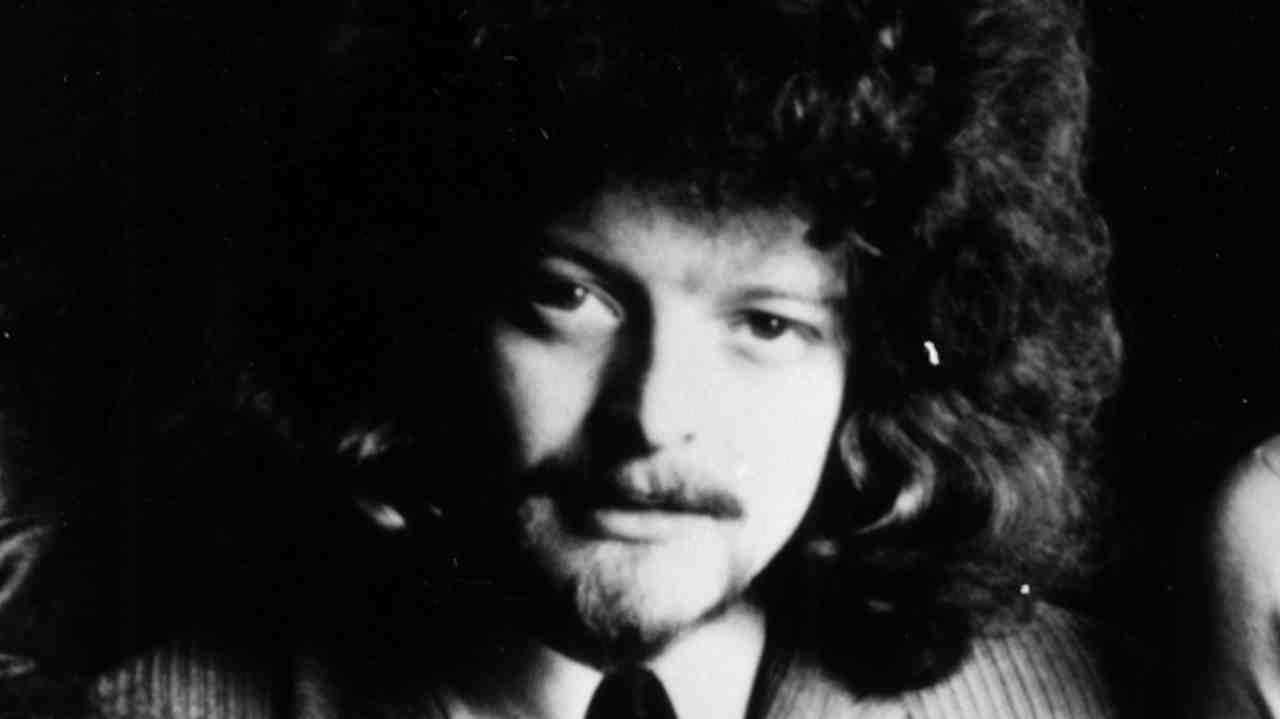“There’d be three numbers in the set; Dave Swarbrick would go berserk with his Echoplex and wah-wah. Especially in America, with substances being consumed”: The origins of Fairport Convention

Starting out as a bunch of young rockers, and with the input of late violinist Dave Swarbrick, Fairport Convention became leading folk rock pioneers.In 2009, longest-serving members Simon Nicol and Dave Pegg told Prog how it all came together.
“It was the spirit of the times,” says singer-guitarist Simon Nicol. “People who weren’t there can’t imagine how open-minded and open-eared audiences and players were. You didn’t see any boundaries between any forms of music and we were receptive to all sorts of things.”
Thus were laid the esoteric, multi-strand musical foundations of Fairport Convention, the band Nicol formed in 1966 with school pals Ashley Hutchings (bass) and Richard Thompson (guitar). Famous for providing album-oriented rock with an unapologetically English identity – something distinctly missing from blues-rock colossi of the era like Cream and The Rolling Stones – early Fairport anticipated the more classical English strains of first generation progressive rock bands like Yes and Genesis, Camel and Gryphon.
Rehearsing “free-form jams” in a room on the floor above Nicol’s father’s medical practice – in a house called Fairport – the addition of drummer Martin Lamble and, soon after, 17-year-old singer Judy Dyble, led to them opening for Pink Floyd at the UFO club and other like-minded hippie minstrels at Middle Earth. (Dyble, who would later leave Fairport to front an early version of King Crimson, famously sat knitting on the edge of the stage at the Speakeasy club one night while Thompson jammed with Jimi Hendrix).
Now known as the forefathers of folk rock, as Nicol says, there was always “an improv aspect to the group.” Especially in the case of Thompson, whom he describes as “completely fearless; he would attempt things on the guitar which just... made no sense. He would get lost in his playing and completely improvise away for as long as the band would carry on behind him.”
Signed by now-legendary label chief Joe Boyd – who suggested they add another male vocalist, Ian Matthews (aka Ian McDonald) – their first eponymously-titled album, released in June 1968, largely comprised covers of songs by Joni Mitchell, Bob Dylan and The Byrds. That led to them becoming known, for a time, as ‘the English Jefferson Airplane.’
What We Did On Our Holidays changed that in 1969. The wondrous Sandy Denny, briefly of the Strawbs, had replaced Dyble, and Thompson was determined to push the group in more original directions, penning what would become their early anthem, Meet On The Ledge. John Peel took them under his influential wing, and they even had a brush with the singles chart via their French-language version of Dylan’s If You Gotta Go, Go Now, re-titled Si Tu Dois Partir. The previously-thought unfeasible vision of Fairport on Top Of The Pops became a reality.
Sign up below to get the latest from Prog, plus exclusive special offers, direct to your inbox!
Third album Unhalfbricking, released the same year, took things even further with the addition of Dave Swarbrick, the self-styled “Jimi Hendrix of the violin,” on the track A Sailor’s Life – a traditional Olde English ballad that Denny had sung in her folk club days. Now transformed into an intoxicating blend of old and new, it would lead to Fairport’s musical apotheosis with the release of the Liege And Lief album.
“That was the springboard from which we really took off,” says Nicol. “Richard started writing with Swarbrick and they came up with songs like Crazy Man Michael, blurring the lines between genuinely traditional and new songs that used some of the same imagery and language.”
Liege And Leaf was a significant statement … it gave us an identity, a place in the public consciousness
Simon Nicol
The other driving force behind their new musical direction came from darker corners. Returning from a gig in May 1969, their van crashed on the M1, killing Lamble and Thompson’s girlfriend Jeannie Franklyn. Matthews never returned and the rest of the band was left scattered, figuratively and metaphorically, across the road. “Liege was a significant statement,” says Nicol. “After the accident people were waiting to see what we’d come up with, how we’d recover. It was really conceived as a project.”
Featuring six traditional tracks – including Tam Lin, over seven minutes long, and Matty Groves, over eight – along with three original compositions in a similar style, Liege had an undeniably conceptual feel, highlighted by Hutchings’ extensive sleevenotes, all brought to vivid life by Swarbrick’s explosive fiddle soloing and Thompson’s sonically innovative guitar playing. If this was folk it was next-generation stuff; its achievement less about reviving musical forms than forging ahead with a peculiarly English form of rock – regardless of the commercial prospects.
The band became big enough to headline the Royal Festival Hall, the album climbing to a heady Number 17 in the UK chart. As Nicol says: “It gave us an identity, a place in the public consciousness. It certainly opened a door.” Through which stepped a whole raft of rock artists, from Jethro Tull to Genesis, adept at combining elements of English, classical backgrounds.
Nicol says he “admired what those people were doing, the showmanship, and the grandeur – they were obviously hugely proficient musicians. You think of Rick Wakeman when he was 18, absolutely dazzling player, and larger-than-life. It wasn’t just the silver hair and the cape; he’d fill up an entire room just walking in.”
With drummer Dave Mattacks replacing Lamble and Swarbrick joining full-time, Fairport seemed set fair. But Hutchings shied away from commercial success and left to form Steeleye Span, to be replaced by the irrepressible character of Dave Pegg – who remains, with Nicol, a member right up to the present day.
I think Sloth’s longest performance ever was 26 minutes; there’d be Swarb with his fiddle solo, Richard with his guitar, and even a bass solo
Dave Pegg
Denny also left to form her own group Fotheringay, and her loss proved harder to compensate for. Nevertheless, Fairport’s next album, 1970’s Full House, was another classic, reaching Number 13. Again, it combined traditional songs – not least its rip-roaring rendition of the Child Ballad Sir Patrick Spens – with more rock-oriented originals, notably Walk Awhile, now a cornerstone of their live set.
“It was very experimental,” says Pegg. “For me, Richard was up there with Clapton and Jeff Beck. And Swarb as well. He’d gone out and bought an Echoplex. We were touring America and sometimes there’d be, like, three numbers in the set – Walk Awhile, Dirty Linen and Sloth. I think Sloth’s longest performance ever was 26 minutes.; there’d be Swarb with his fiddle solo, Richard with his guitar, and even a bass solo! Swarb would go berserk with his Echoplex and wah-wah. Especially in America, with various substances being consumed.”
This was Fairport’s rock’n’roll period. “We were all big Zeppelin fans,” says Pegg. “We’d do The Mason’s Apron, a very fast reel, and Richard would take off with some pretty cosmic guitar playing. People thought the Fairports were folkies, but we all came from that rock background.”
There was also the famous occasion in 1970 when Zeppelin joined the band onstage at the Troubadour in LA. “I didn’t play – I was the beer monitor,” laughs Pegg. “It was great! Bonzo beat the shit out of Mattacks’ drum kit.” Zep were supposed to fly to Hawaii the next day but Pegg recalls: “Bonzo and I had gone out on a drinking session, which meant he missed his flight. We’d been in the swimming pool then gone back to our room with some Texan company, shall I say. Bonzo had left his clothes and someone nicked them. He was left in like a pair of Y-fronts! We were not popular with [Zep manager] Peter Grant.”
Nothing, it seemed, could stop them. When Thompson left for a solo career, Nicol and Swarbrick emerged as driving forces. Their next album, Angel Delight (a title inspired by the former pub in Hertfordshire where the band now set up home) became their first and only Top 10 album in the UK, and their first to skirt the US chart.
The TV thing was great. Simon came back especially; Sandy came and sang on it too, and Swarb had written an extra song. But it was all a bit late
Dave Pegg
It was their next album, however, which remains most intriguing for serious prog-heads: Babbacombe Lee. Billed as the world’s first folk-rock opera, it’s a conceptual piece whose five lengthy tracks flowed freely into each other, based on the life of Victorian-era murderer John ‘Babbacombe’ Lee, aka ‘the man they couldn’t hang.’ It got great reviews and received good airplay in the US – but left the UK chart largely untroubled.
“For me, that’s still one of the best albums we ever did,” says Pegg now. “But it kind of got lost.” There was a 1975 BBC TV adaption made of it, narrated by Melvyn Bragg; but that was three years after its release, by which time Nicol had left to join Hutchings in the newly-formed Albion Band (soon to be followed by Mattacks) – and Fairport’s days were numbered.
As Pegg recalls: “The TV thing was great. Simon came back to do it especially and they filmed it in the basement of the Roundhouse. Sandy came and sang on it too, and Swarb had written an extra song. But it was all a bit late.”
Deprived of any of their founders – and with Denny coming and going before her untimely death in 1978 – these were the Fairport confusion years. In the midst of it all, however, just as the advent of punk rock appeared to have rendered any thoughts of rock and folk co-mingling absurd, the seeds of their long-term revival were laid with the first of what has since become one of the most fondly-regarded events on the annual rock calendar: the Cropredy Festival.
Held on the edge of the village of Cropredy, in Oxfordshire, what began in 1980 as a modest beer-money proposition – a single stage at the end of a sloping field – now attracts up to 20,000 people, with various sideshows added including morris dancing, and live music at the village’s two pubs.
Here we are, unbelievably, still having a great time, doing things our own way
Simon Nicol
As a result, Fairport’s fortunes have also steadily risen. The band once considered rabid traditionalists have become 21st-century pioneers in the art of putting on their own shows and releasing albums on their own label – lessons absorbed by everybody from fellow Oxon dwellers Marillion and Radiohead to Pendragon, IQ and others.
“Yes,” says Nicol, who rejoined in 1977, “here we are, unbelievably, still having a great time, doing things our own way, but not really troubling the mainstream music industry.”
Pegg, meanwhile, still dreams of bringing Babbacombe Lee to a wider audience. “Recently we’ve been playing some of the tunes from it and it’s amazing how well they go down. It would be nice one year at Cropredy to maybe reproduce the whole album.”
Mick Wall is the UK's best-known rock writer, author and TV and radio programme maker, and is the author of numerous critically-acclaimed books, including definitive, bestselling titles on Led Zeppelin (When Giants Walked the Earth), Metallica (Enter Night), AC/DC (Hell Ain't a Bad Place To Be), Black Sabbath (Symptom of the Universe), Lou Reed, The Doors (Love Becomes a Funeral Pyre), Guns N' Roses and Lemmy. He lives in England.





